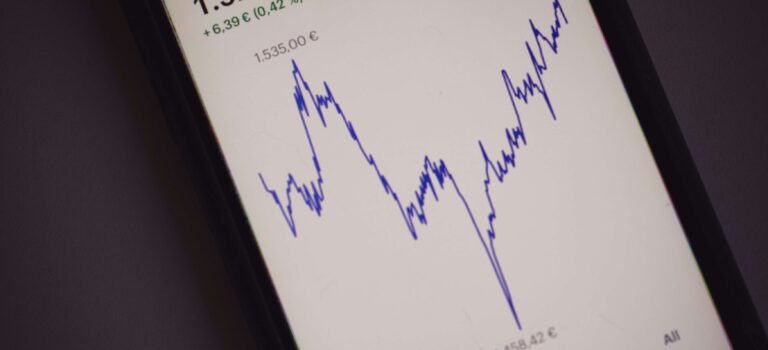The stock market rallied on Friday, breaking a three-week losing streak. No apparent news can account for the rally, but it was a stark reversal of the 5.8 percent loss on the S&P 500 the week prior.
Gains accelerated into the final hour of trading on Friday, with the Dow Jones Industrial Average up 826 points or 2.7 percent. The Nasdaq gained 3.3 percent, and the S&P 500 closed 3.1 percent higher.
The major stock market averages staged a big comeback and recorded the first positive week for the markets this month. For the week, the Nasdaq was up 7.5 percent, the S&P 500 gained 6.5 percent, and the Dow was up 5.4 percent.
Some market researchers believe Friday’s big rally was a bear market rally with deeply oversold conditions and bargain buying. They think the overall trend is still downward with the continuing worries about recession and earnings being revised down.
Federal Reserve Chairman Jerome Powell told Congress on Wednesday that the Fed is determined to bring down inflation. Their goal is to restore price stability and fight inflation, and they have the tools to accomplish this task.
Powell also states that economic conditions are generally favorable with a strong labor market and a continual high demand. Senator Elizabeth Warren, D-Mass., voiced her main concern to the Chairman their rate hikes could tip the economy into a recession without stopping inflation.
Chairman Powell did say that a recession is certainly a possibility, but that is not their intended outcome.
The events Powell was referring to are mainly the war in Ukraine, supply chain problems, and commodity prices. Many of these events are factors the Federal Reserve cannot control, making a soft landing more difficult.
He was also asked to comment on the current real estate market and housing prices. Powell believes that even though mortgage rates have been low due to the pandemic, they are now getting back to more normal or above normal levels. He is not sure what this will do to housing prices.
He mentioned that the inventory of finished homes for sale is still historically low, and there is still a very tight housing market. Describing the market as a complicated situation, he also said that something needs to change so more people can start to climb the real estate ladder.
Powell said, “We need to get back to a place where supply and demand are back together. And where inflation is down low again and mortgage rates are low again. So this will be a process whereby ideally we do our work in a way that the housing market settles in a new place and housing availability and credit availability are at appropriate levels.”
He acknowledged that for those looking to buy a home, we need a bit of a reset, though he declined to elaborate on what a reset would look like.
The sales of existing homes fell in May by 3.4 percent. These readings are based on closings during May and represent contracts signed back in March and April.
Home sales in May were 8.6 percent lower than in May 2021 and the lowest since June 2020, when the country was closed down due to the pandemic. Home sales are expected to continue dropping because of higher mortgage rates, high home prices, and low supply.
The median price of a house reached $407,600 in May, an increase of 14.8 percent from a year ago. That median price is the highest price recorded since tracking prices began in the late 1980s.
Houses are still selling quickly, with the average time on the market of 16 days, the lowest on record. All-cash sales are at 25 percent of all sales, and investors accounted for 16 percent of all transactions.
First-time home buyers made up only 27 percent of all transactions, down from 31 percent at this time last year. To make matters worse, rents continue to rise, making first time purchases even more challenging. The average fixed rate on a 30-year mortgage stands at 5.81 percent.
As we approach the mid-point of the year, stocks are about to record their worst first half of any year since 1970. Stocks are down 21.1 percent, and bonds are down 11.1 percent for the year. Commodities are up a staggering 32.4 percent for the year compared to a yearly average increase of 2.4 percent.
Normally, a diversified portfolio will hold both stocks and bonds, with bond holdings limiting losses. But this year, the bond market has also sold off, with the 10-year Treasury yield doubling in six months. The 10-year hit 3.58 percent on June 13th for a new current cycle high. It has since dropped to a close of 3.138 percent on Friday.



